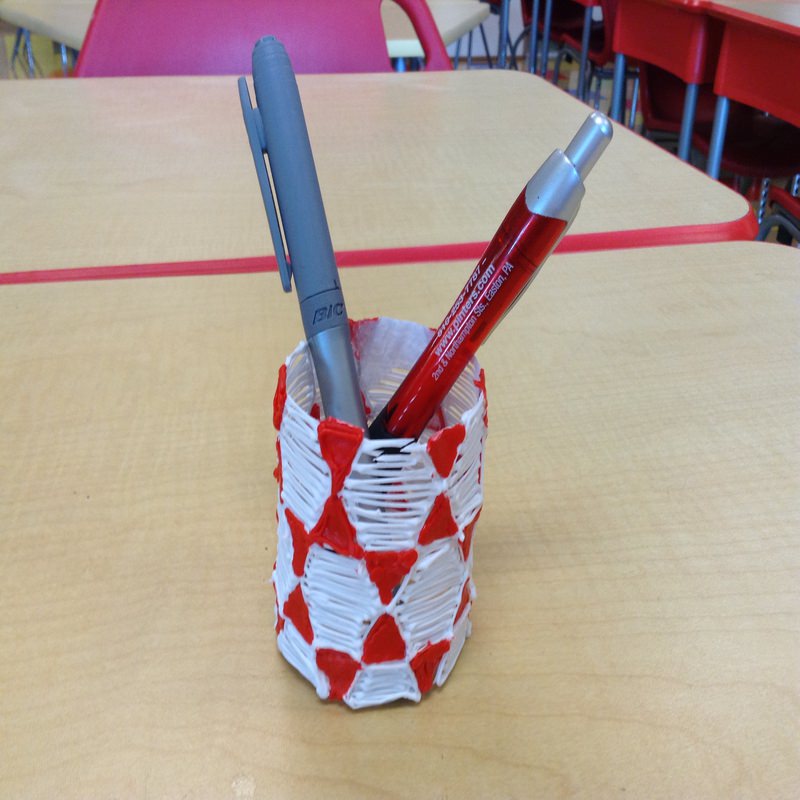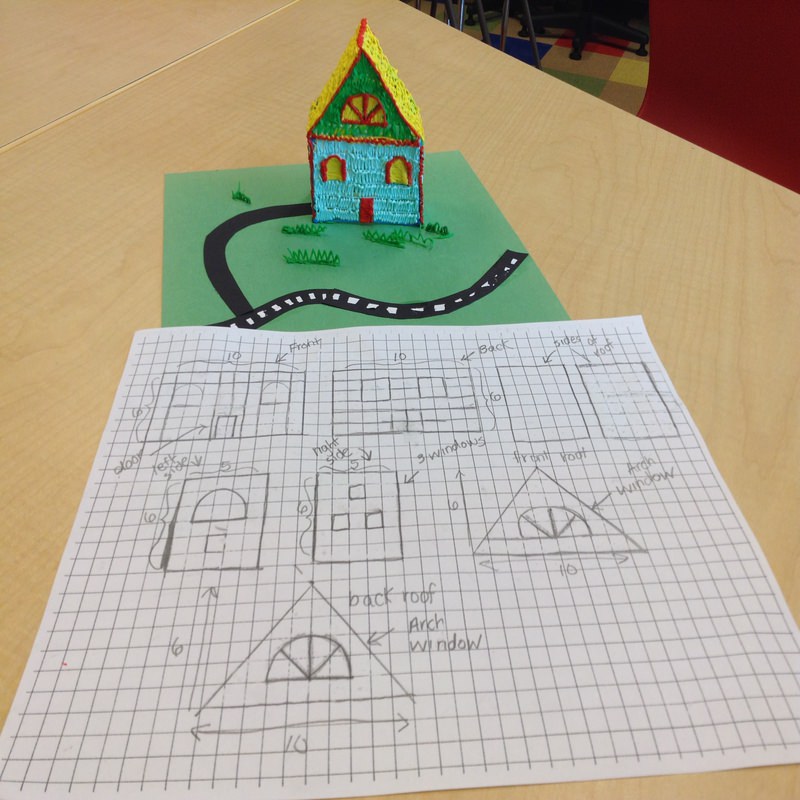This week is all about engineering as we explore the many contributions this field and the people in it have made to improving our world.
Science, math, and technological literacy help us engage in engineering and solve problems to help those around us. So let’s learn more about these fields and see how we can contribute with 3Doodler tools as an early introduction to 3D printing, creative problem-solving, and breaking down how things work.
Change Makers
Engineer’s Week began in 1951 by the National Society of Professional Engineers (NSPE) to highlight engineers’ critical role in society. The week coincides with President George Washington’s birthday, as he is often described as America’s first engineer. But engineers go much further back in history, and their contributions are vast.
Look around you and imagine for a moment all the things in your life that engineers have played a part in creating. The list is endless. Engineers have contributed many ways to improve lives, from electricity to the telephone, cars, airplanes, and computers.
Meeting an engineer is one way to help demystify the field and learn more about what engineers do. DiscoverE, the organization that sponsors Engineers Week, hosts monthly Chats with Change Makers to speak with a real-life engineer and learn about a new field. Explore past episodes or join the next one live to learn more about technology fields.
Creating the Future
In addition to meeting engineers, young people can explore the various engineering disciplines at school or home with easy-to-follow lessons. This week we’re sharing a few challenging and fun engineering lessons to build and test designs in 3D.
The engineering design process offers a way of thinking that you can apply to solve a problem. Each step provides new information about the situation and encourages you to think critically about how you might solve it. Engineers often repeat the process to come up with the best possible solution. Working as a team, you can share ideas and find new perspectives by involving others.
The Engineer Girl offers a simple way to think about the engineering design process. It’s also a great place to start exploring careers in engineering and learning more about the field.
Design Like an Engineer
Working with friends has never been better as students explore STEM-focused design challenges that span sports, architecture, and design. These 3Doodler lesson plans will inspire critical thinking and opportunities to apply the engineering design process.
Grade K-2: STEM Doodle Hockey

Time to hit the ice! Students will design a template and doodle the best hockey stick in this exciting lesson about design and function. When they’re ready, it will be time to test their hockey sticks out on the ice to see which stick can shoot a puck the farthest and with the most accuracy through a goal. Game on!
Grade 3-5: STEM Doodle Engineering Challenge

With just a few materials, students will be challenged to build the tallest tower. Students will work together and use critical thinking skills to make predictions, record observations, and analyze their structures. It’s a lesson in design thinking they be talking about for weeks to come!
Grade 6-8: STEAM Design Challenge

Using their 3Doodler 3D pens, students will attempt to create a functional chair under intense time constraints and with just a few materials. Will they be up to the challenge? Time will tell!





